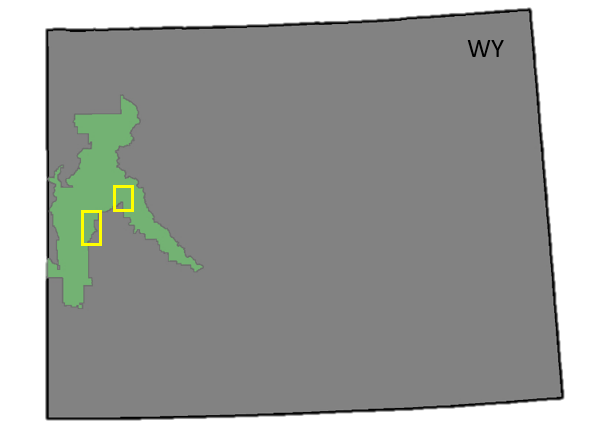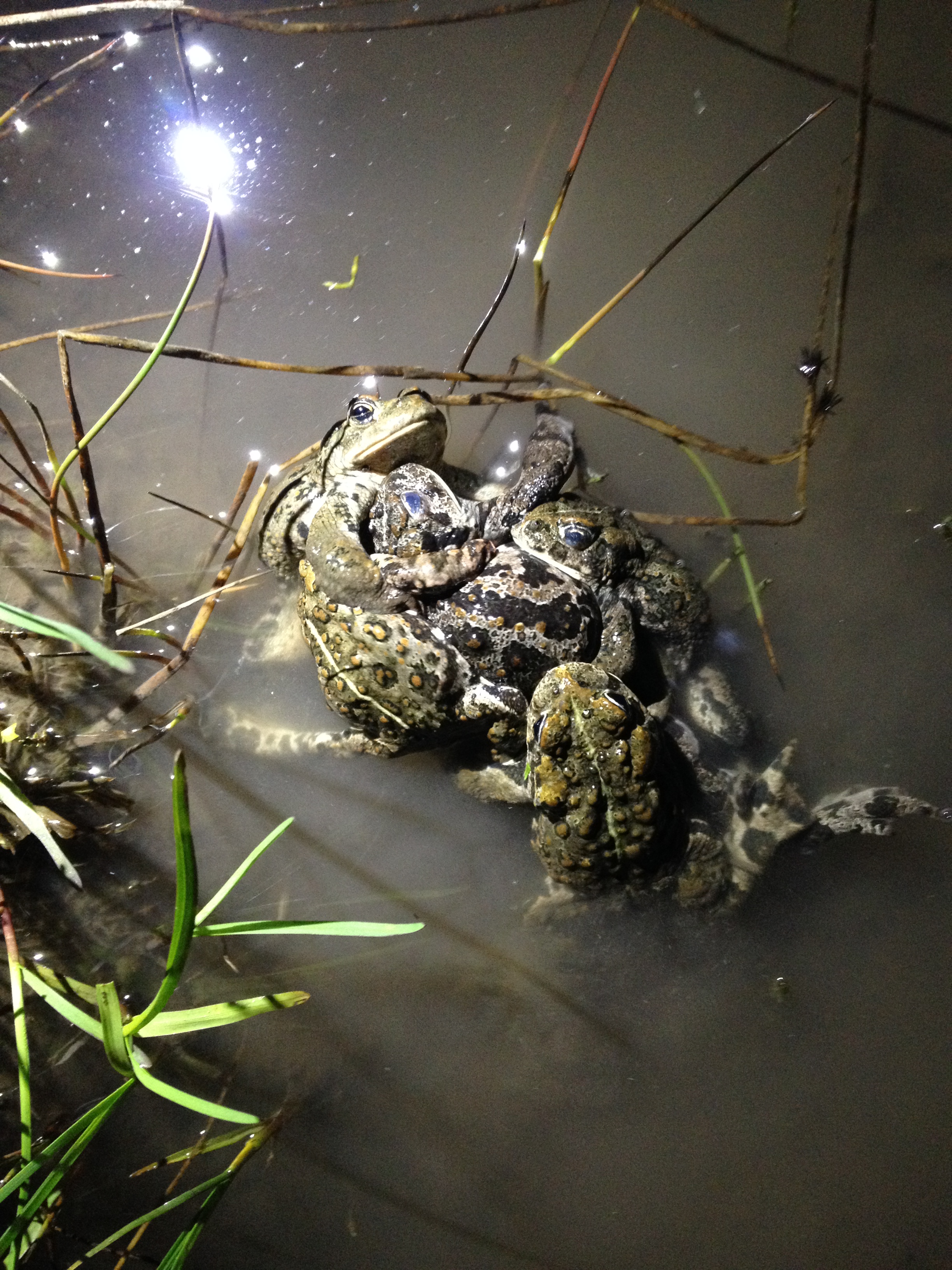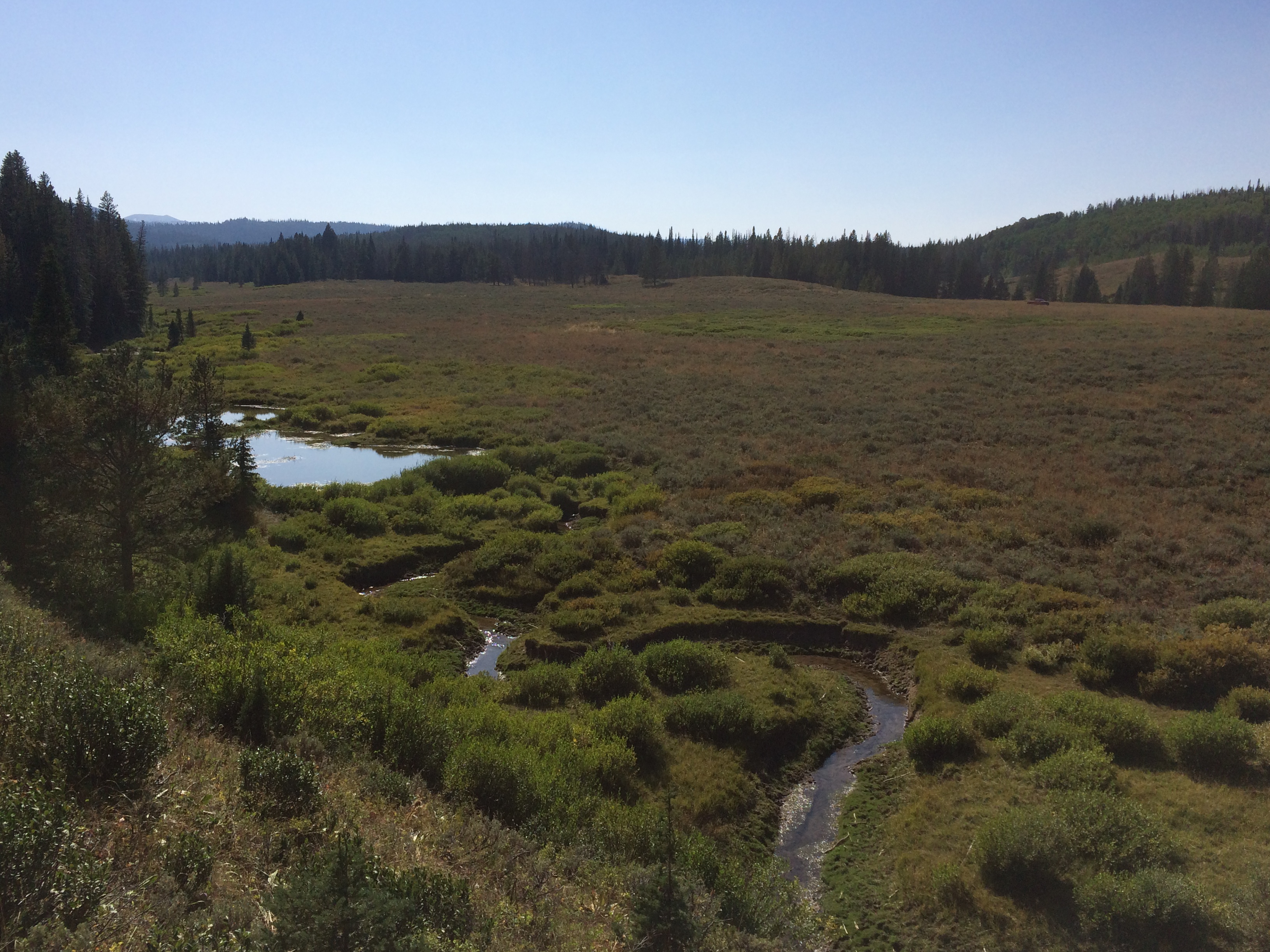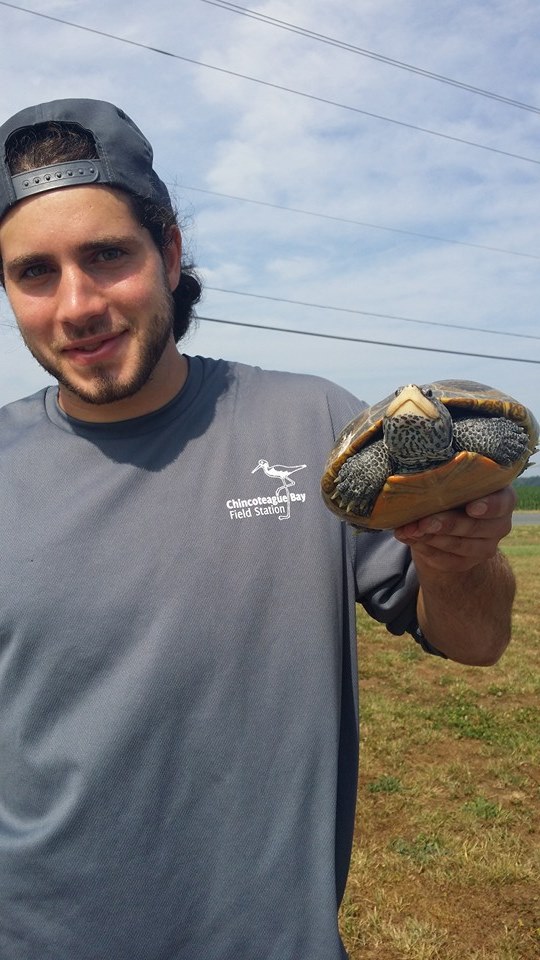Forecasting population responses to natural and anthropogenic stressors is a fundamental challenge for ecologists, conservation biologists, and wildlife managers. Predicting amphibian population trajectories, in particular, poses an additional challenge because different life-stages (e.g. aquatic larva, terrestrial adults) rely on highly disparate resources, making it difficult to predict the life-stage(s) at which the effects of stressors may manifest. Furthermore, many amphibians breed, forage, and hibernate in spatially disparate habitats. Changes to or degradation of any of these environments or migratory pathways between them may therefore negatively influence one or several life-stages. Effective management of amphibian populations therefore requires considering individual and population responses to natural and anthropogenic pressures (e.g. timber harvest, livestock grazing) across multiple life-stages and a variety of habitats. Yet, assessments of multiple stressors across amphibian life-stages have been largely theoretical or laboratory based, and empirical evidence from natural populations is still lacking.
Field assessments of multiple stressors on amphibian populations are critical and timely, particularly given current trends in species declines. In recent decades, global amphibian populations have been declining at alarming rates, and many species have gone extinct. Human-induced habitat change has been cited as a dominate cause, which can interact with other stressors such as climate warming and disease. In the majority of cases, however, mechanisms underlying declines are considered enigmatic. Developing a better understanding of the individual and interactive factors threating amphibians will therefore be critical to preclude further population declines and species extinctions.
This research investigates the influence of natural and anthropogenic stressors on multiple amphibian life-stages through assessing how habitat disturbance from livestock grazing may interact with disease and climatic variables to influence the behavior and demographics of a declining anuran species, the boreal toad (Anaxyrus boreas boreas). Our overarching research question is: How do disease, livestock grazing, and annual weather patterns influence the behavior, ecology, and demographics of boreal toads across multiple life-stages? We address this question by assessing relevant parameters at the individual level (movement, habitat selection) and the population level (survival, recruitment) using diverse field methods (radio-telemetry, counts, capture-mark-recapture) and analytical tools (resource selection functions, state-space models, survival analysis). Our specific research objectives are to:
- Evaluate adult boreal toad movement and habitat selection in relation to disease and livestock grazing.
- Estimate adult boreal toad annual survival and recruitment in relation to disease, livestock grazing regimes, habitat characteristics, and weather variables.
- Characterize the placement of egg clutches, and estimate tadpole and metamorph survival for boreal toads in relation to disease, predation, livestock grazing, and habitat conditions.
Assessing behavioral responses, quantifying population dynamics, and identifying the life-stage(s) at which the effects of specific stressors manifest will help target management actions and provide valuable information to the several agencies working to improve conservation of boreal toad populations in Wyoming. More broadly, our comprehensive approach to understanding responses of wildlife to various environmental stressors may provide a framework for future studies in diverse systems.
Please click on and scroll through the figures in the gallery below to learn more about this research.
Gallery
Contact
Gabriel Maturani Barrile, PhD
Postdoctoral Research Associate
Colorado Natural Heritage Program &
Department of Fish, Wildlife, and Conservation Biology
Colorado State University
[email protected] | [email protected]
Project Lead
Gabe currently works as a Senior Research Scientist (Postdoctoral Associate) in the Department of Zoology & Physiology at the University of Wyoming. Gabe works at the intersection of disease ecology, population demography, and animal behavior, using data science techniques to provide evidence-based solutions to conservation challenges.
Funding & Partners
Wyoming Game and Fish Department (Primary)
United States Forest Service
Laramie Audubon Society
Western Ecosystems Technology, Inc.
















